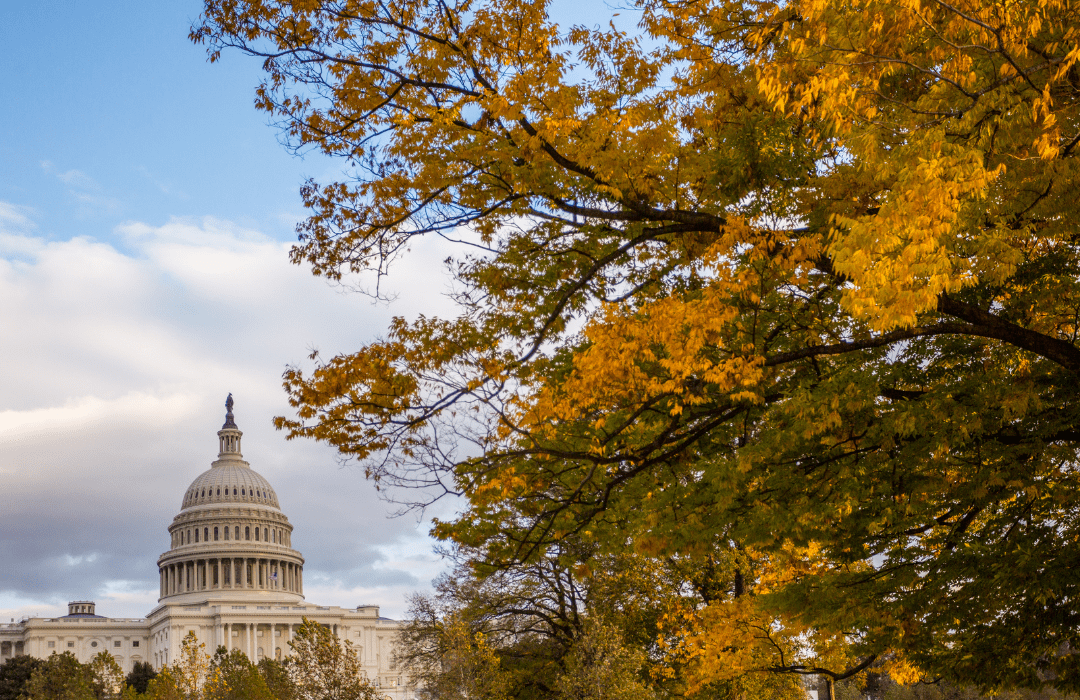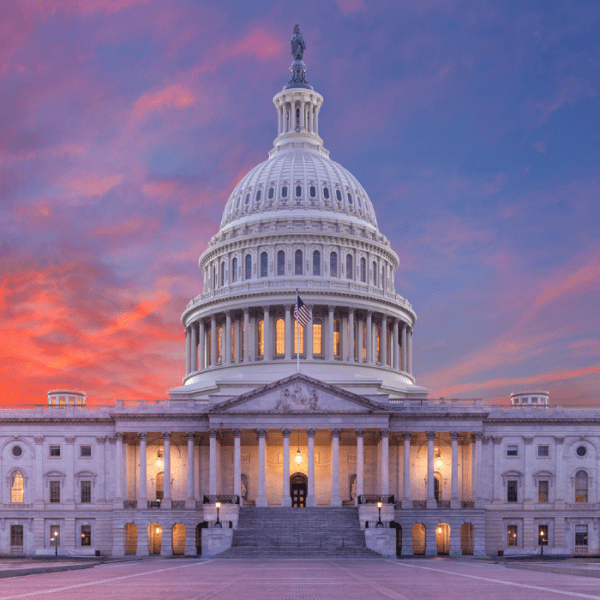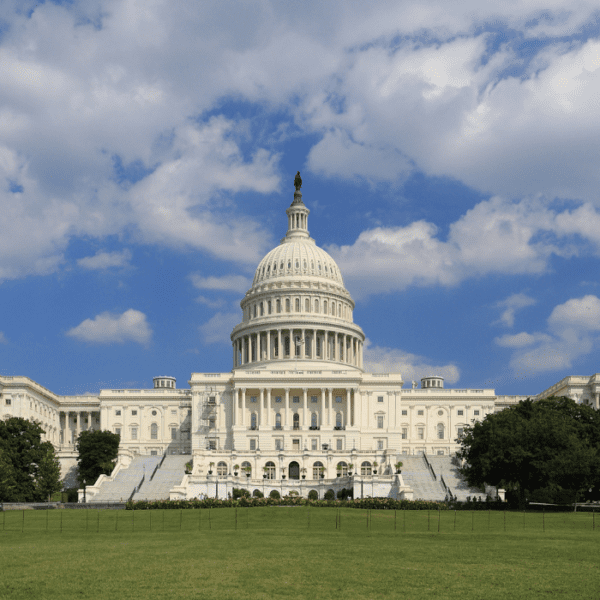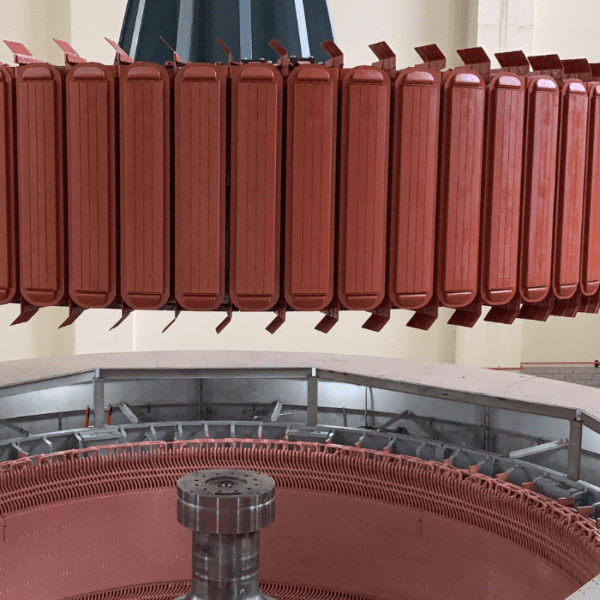A bill with more than $900 million in incentives for new and existing hydropower, pumped storage, and marine energy is headed to President Biden’s desk. Biden is expected to sign the Infrastructure and Investment Jobs Act into law this week.
“This is a huge victory for the waterpower industry,” said Malcolm Woolf, president and CEO of the National Hydropower Association. “This law provides a critical down-payment toward preserving and modernizing the existing hydropower fleet that is essential to any climate solution.”
In addition to the $909 million for hydropower, marine energy, and pumped storage, the bill also includes $800 million for state dam safety efforts and another $800 million for removal of obsolete non-powered dams.
Now the industry will turn its attention to how to apply for the grants, to be administered by the U.S. Department of Energy (DOE). “NHA pledges to continue to work with DOE on behalf of its members to ensure that implementation of the new grant program goes efficiently and is consistent with the legislative intent.”
In the meantime, NHA continues to lobby Congress as it considers the reconciliation Build Back Better Act (BBA). Specifically, NHA is pushing for tax credits essential to new and existing conventional hydro and pumped storage.
Crossing the Finish Line
The U.S. House of Representatives passed the Infrastructure and Investment Jobs Act on Friday, November 5, 2021, with a 228-206 vote, sending the bill to President Biden’s desk. In all, the bill includes $1.2 trillion for infrastructure, including pouring $550 billion of new federal funds into roads, bridges, highways, dams, and upgrading broadband connections.
Woolf points to collaboration with the environmental and river communities via the Uncommon Dialogue process as an important contributor to getting the bill passed. The waterpower industry joined with dam safety, environmental, and river communities to advocate for this legislation. Recognizing the importance of the health of our rivers and hydropower, the bill invests upwards of $2.403 billion in provisions negotiated between conservation groups, dam safety organizations, and the hydropower industry.
“Such financial influx is intended to accelerate investment in the rehabilitation, retrofit, and removal of dams determined by their owners to have reached the end of their useful life,” Woolf says.
Woolf says the groups are continuing to work with Congress to secure additional support in the pending Reconciliation package. Read details below.

A Review of Specific Provisions for Waterpower in the Infrastructure and Investment Jobs Act
The bill includes direct funding for hydropower via new DOE-administered grants for investments in:
- Environmental improvements, dam safety, or grid resiliency
- Non-powered dams and conduits
- Efficiency improvements at existing hydropower
Specifics are as follows:
- $553 million to support grid resilience, dam safety upgrades, and environmental enhancements at existing hydropower facilities, by creating a “NEW” Section 247 in EPAct 2005 that establishes a grant program administered by the Department of Energy.
The grants (up to $5 million a year per recipient, up to 30% of capital expenditure) will be available for qualified hydroelectric facilities for capital improvements related to: grid resiliency, dam safety, and/or environmental and recreational improvements.
To be eligible, projects must be in compliance with all applicable federal, Tribal, and state requirements, or be brought into compliance as a result of the capital improvements carried out with the incentive payment.
Appropriated in 2022 until funds are spent (i.e., expended).
- $125 million to incentivize adding a hydropower component to existing dams and conduits, by revising EPAct 2005 Section 242 production incentives for adding hydropower capacity at existing dams of up to $1 million a year for 10 years until the funds are spent (i.e. expended).
Appropriated in 2022 until expended.
- $75 million for hydropower efficiency improvements, such as new low-head turbines, by revising EPAct 2005 Section 243 for hydropower efficiency improvements at existing hydro projects.
For a project owner, the incentive would amount to up to 30 percent of capital improvements (up to $5 million) directly related to improving efficiency of facilities by 3 percent.
Appropriated in 2022 until expended.
NHA anticipates that these grant initiatives will stimulate over $2.5 billion in overall investments in hydropower.
The Act also includes the following funding for hydro, marine energy, and pumped storage:
- $36 million for activities related for the Department of Energy Water Power Technologies Office for waterpower research and development for hydro as authorized under section 634 of the Energy Independence and Security Act of 2007
- $70.4 million for activities related for the Department of Energy Water Power Technologies Office for waterpower research and development for marine energy as authorized under section 635 of the Energy Independence and Security Act of 2007.
- $40 million for National Marine Energy Centers.
- $10 million additional funding for pumped storage hydropower, wind, and solar integration and system reliability initiative. This incentive provides financial assistance to eligible entities to carry out project design, transmission studies, power market assessments and permitting for a pumped storage hydropower project to facilitate long-term storage of renewable electricity. Projects must be designed to provide a minimum of 1,000 megawatts of storage capacity and be able to provide usage in more than one organized electricity market. Appropriates $2,000,000 per year for fiscal years 2022 through 2026.
Work Continues to Include Tax Credits in Reconciliation Legislation
Still in play in Congress is the reconciliation “Build Back Better Act (BBA)” that, if enacted, would transform the electricity landscape with an estimated $320 billion in incentives for clean energy.
For the waterpower industry, the act currently includes:
- A first-ever 30% tax credit for energy storage, including pumped storage;
- A 10-year extension of the existing production tax credit for incremental new hydropower at non-powered dams and conduits (although at a rate lower than wind or solar);
- A 10-year extension of the existing investment tax credit for hydropower.
NHA continues to advocate for the new “3R” 30% investment tax credit (with a direct pay option) for maintaining and enhancing hydropower. Such a tax credit would spur needed additional investments – beyond those made possible through the funding in the Infrastructure and Investment Jobs Act — for grid resiliency, dam safety, environmental enhancements, and dam removal at the consent of the dam owner.












